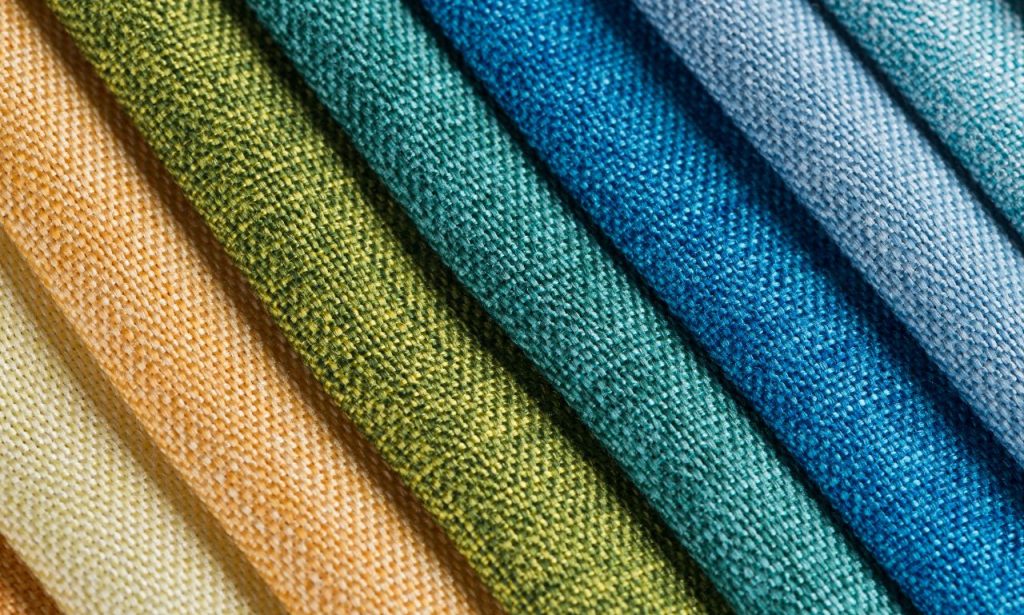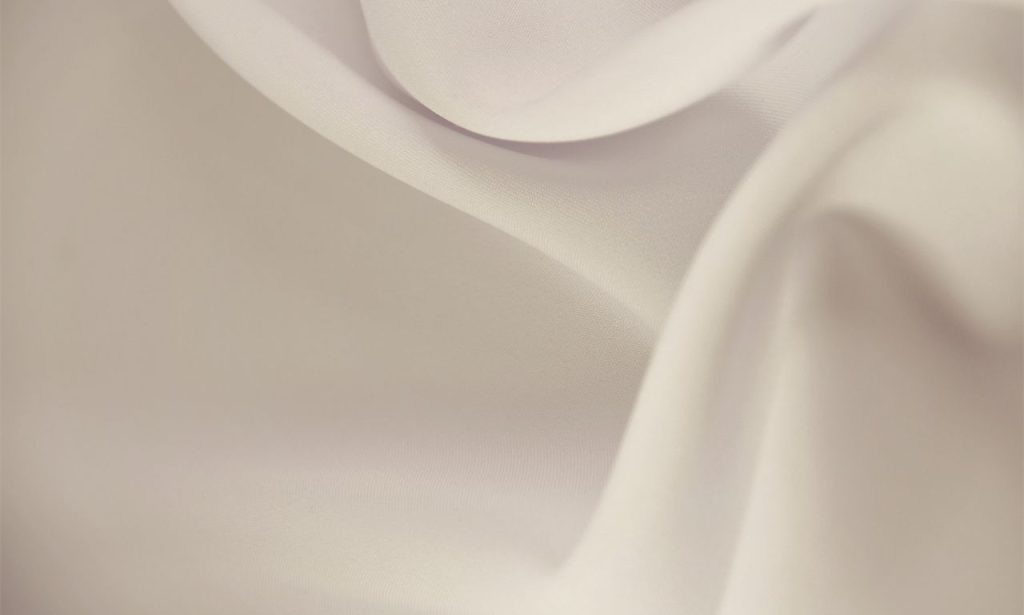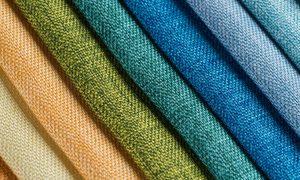Designing your own fabric is a creative and rewarding journey that allows you to express your personal style and bring your unique artistic visions to life. Whether you’re an experienced designer or a crafting novice, this guide will empower you with the knowledge and tools to create stunning, custom fabrics that stand out. By following these detailed steps, you’ll learn how to choose the right fabric, create seamless patterns, and use natural dyeing techniques. This comprehensive guide will cover everything from conceptualization to the final product, ensuring your fabric design process is both enjoyable and successful.
Choosing the Right Fabric
Selecting the appropriate fabric is the foundation of your design process. Different fabrics interact with dyes and patterns in unique ways, so it’s crucial to understand the characteristics of various materials.
Types of Fabrics
- Cotton: Versatile, easy to dye, and suitable for a wide range of projects.
- Linen: Durable and absorbs dye well but can be more challenging to work with due to its texture.
- Silk: Luxurious with vibrant dye uptake, but requires special handling.
- Polyester: Synthetic, less absorbent, but great for prints that need durability.
Factors to Consider
- Texture: Smooth fabrics like silk yield crisp patterns, while textured fabrics like linen can give a more rustic look.
- Weight: Heavier fabrics like canvas are ideal for upholstery, while lighter fabrics like chiffon are perfect for garments.
- Durability: Consider the fabric’s end use. Fabrics for clothing need to withstand wear and washing, whereas decorative fabrics may not need the same level of durability.
Check if Your Pattern is Continuous

A continuous pattern ensures that your design seamlessly repeats without visible breaks or inconsistencies. This is crucial for creating professional-quality fabrics, especially for larger projects like curtains or upholstery.
Techniques for Creating Continuous Patterns
- Grid Method: Divide your design into a grid and ensure each section aligns perfectly when repeated.
- Mirroring: Reflect your design horizontally and vertically to check for seamless alignment.
- Offset Repeat: Shift your design elements so that they align perfectly when repeated.
Take the Stretchiness of Your Chosen Fabric into Account
The stretchiness of fabric affects how your design will appear once the fabric is worn or used. Stretch fabrics can distort patterns, so it’s important to anticipate these changes.
Tips for Stretch Fabrics
- Test Swatches: Print a small section of your design on a stretch fabric to see how it behaves.
- Adjust Design Elements: Larger, simpler designs are less likely to distort significantly.
- Consider Usage: Fabrics for tight-fitting garments need designs that can handle stretching without losing their integrity.
Natural Dyeing
Natural dyeing is an eco-friendly way to color your fabrics using plant-based and mineral dyes. This method not only reduces environmental impact but also adds unique, organic hues to your fabric.
Steps for Natural Dyeing
- Prepare the Fabric: Pre-wash the fabric to remove any finishes that might hinder dye absorption.
- Create the Dye Bath: Choose natural materials like onion skins, turmeric, or indigo, and simmer them in water to extract the dye.
- Mordanting: Use a mordant like alum to fix the dye to the fabric, enhancing colorfastness.
- Dyeing Process: Submerge the fabric in the dye bath, stirring occasionally to ensure even coloring.
- Rinse and Dry: Rinse the fabric thoroughly and hang it to dry in a shaded area to prevent color fading.
Natural Dye Sources
| Dye Source | Color Produced |
| Onion Skins | Yellow, Orange |
| Turmeric | Bright Yellow |
| Indigo | Blue |
| Avocado Pits | Pink, Peach |
Make a Seamless Pattern
Creating a seamless pattern ensures your design flows continuously across the fabric without any visible breaks. This is particularly important for repeating designs used in larger projects.
Steps to Create a Seamless Pattern
- Design Creation: Start with a design that can be divided into equal sections.
- Divide and Rearrange: Split the design into four quadrants and switch the positions diagonally (top left with bottom right, top right with bottom left).
- Fill the Gaps: Fill in the center gaps created by rearranging the quadrants, ensuring the design elements align seamlessly.
Come Up With Your Theme
A cohesive theme ties your fabric design together, ensuring all elements work harmoniously. Whether it’s a botanical motif, geometric shapes, or abstract art, a well-defined theme guides your design process.
Finding Inspiration
- Nature: Look to plants, animals, and landscapes for organic shapes and colors.
- Art Movements: Draw inspiration from artistic styles like Art Deco, Impressionism, or Modernism.
- Cultural Patterns: Explore traditional patterns from different cultures, such as African prints or Japanese textiles.
Order a Test Yard of Fabric

Before finalizing your design, order a test yard of fabric. This allows you to see how your design looks on the actual material and make any necessary adjustments.
Why Order a Test Yard?
- Color Accuracy: Ensure the colors print as expected on the chosen fabric.
- Scale: Check that the design elements are the right size for your project.
- Pattern Alignment: Verify that the pattern repeats seamlessly.
Order Your Fabric
Once you’re satisfied with your test yard, you can proceed to order the full amount of fabric needed for your project.
Steps to Order
- Calculate Yardage: Measure the dimensions of your project to determine how much fabric you need.
- Choose Fabric Type: Select the fabric type that best suits your design and project requirements.
- Place Order: Use a reputable fabric printing service to place your order, ensuring they meet your quality standards.
Make/Get Your Art
Whether you’re creating your own artwork or sourcing it from artists, the quality of your design is paramount.
Creating Your Own Art
- Digital Tools: Use software like Adobe Illustrator or Procreate to create high-resolution designs.
- Hand-Drawn Designs: Scan and digitize hand-drawn artwork, ensuring it meets the required resolution.
Sourcing Art
- Collaborate with Artists: Commission artwork from talented artists who specialize in fabric design.
- Stock Designs: Purchase designs from reputable stock image websites, ensuring you have the rights to use them.
Conclusion
Designing your own fabric is a fulfilling process that combines creativity, technical skill, and a keen understanding of materials. By following this guide, you’ll be equipped to create beautiful, custom fabrics that reflect your personal style and vision. From choosing the right fabric to mastering seamless patterns and natural dyeing techniques, each step is a crucial part of the journey. Embrace the challenge, experiment, and most importantly, enjoy the process of bringing your fabric designs to life.
ALSO READ: What Can You Do in Machu Picchu
FAQs
For beginners, cotton is an excellent choice due to its versatility, ease of handling, and good dye absorption. It’s also widely available and affordable.
Use the grid method or mirroring techniques to check the alignment of your pattern. You can also use digital design tools that offer repeat pattern features to ensure seamless transitions.
Natural dyes offer unique, organic colors and are more environmentally friendly. However, they can be less predictable and may require more preparation. Synthetic dyes provide consistent results and a wider range of colors but can be harsher on the environment.
Natural fibers like cotton, linen, silk, and wool absorb natural dyes better than synthetic fibers. It’s important to prepare the fabric properly and use a mordant to fix the dye.
Adobe Illustrator is popular for its vector capabilities, while Procreate is favored for hand-drawn designs. Both offer tools for creating high-resolution, seamless patterns.




